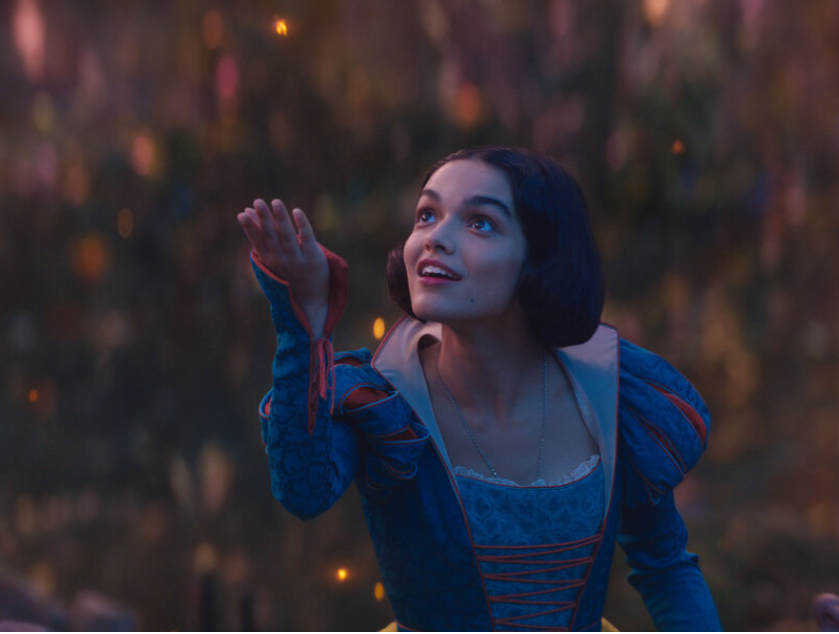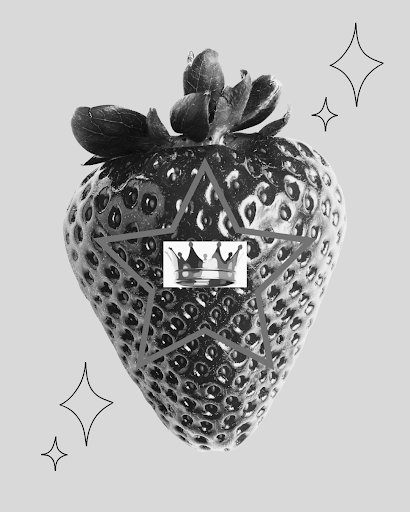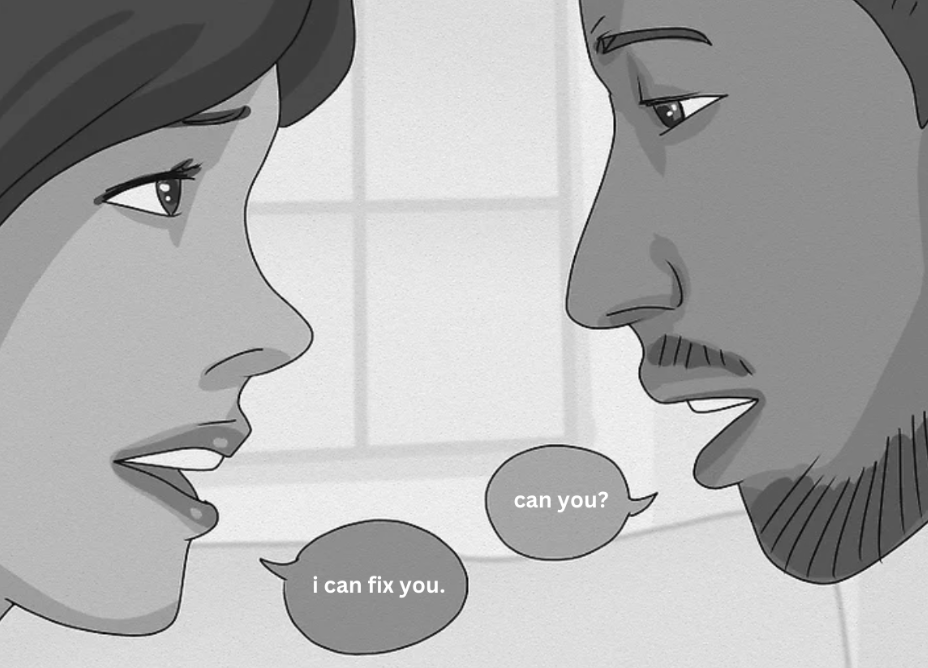Disney movies have been a staple for kids everywhere since the 1900s, but the live action remake of Disney Princess movies has recently become controversial. The issue surrounding race swapping, where white characters are played by actors of other ethnicities has grown in recent years: Ariel from “The Little Mermaid” was played by African American Haile Bailey and part-Colombian Rachel Zegler. Even before the movies came out, people criticized Disney’s casting choices for trying to force diversity. However, not only is there no issue with Disney race swapping, it’s also beneficial as a way to include more representation in the industry.
Some claim race swapping erases attributes specific to European cultures where stories originate, however many stories like “The Little Mermaid” and “Snow White” don’t have any ethnic or cultural aspects. These stories have been around for a long time and have been reinterpreted by many different cultures. Even in the famous 1989 Disney animated version of “The Little Mermaid,” the setting completely changes from the original Hans Christian Andersan tale, influenced by Danish culture and social norms, with the Little Mermaid sacrificing herself for love. In the Disney version, the Little Mermaid has a happy ending, and is less focused on pain and sacrifice for love. These stories are universal, and every version has different features. According to Penn State, “Versions of the Snow White fairy tale have been set in Germany, Ethiopia, Brazil, Japan, Russia, New York City, and many other locations.” On screen, the race of the actor doesn’t subtract from the story itself. Additionally, original versions of the movie will still exist, new interpretations don’t ruin anyone’s childhood experiences.
Race swapping in Disney movies is also beneficial because it allows for more diversity in the industry. Even with race-swapping, many prominent roles would be reserved for white actors. Talented minority actors typically wouldn’t get these lead roles. Race swapping gives these actors more opportunities. This has a positive effect on the actors letting them garner recognition, while also inspiring children at home with Disney princesses who look like them. This, in turn, helps the industry itself with increased revenues. According to Darnell Hunt, a sociology professor at UCLA, “Films that embrace diversity are more likely to resonate with audiences, leading to box-office success and ultimately long-term sustainability for the industry”. Overall, race swapping in Disney movies has positive impacts on the industry and mostly importantly, for kids at home.
However, even with these benefits many argue that race swapping is disingenuous. They believe that companies should create new stories with minorities instead of changing old ones. While this is ideal, many live action movies with cultural or ethnic stories don’t get mainstream attention. The film industry is still heavily white-dominated, and until the system can be resolved, we shouldn’t shut down Disney’s initiatives. Disney’s race swapping allows for diversity in an industry that has historically marginalized minorities.












